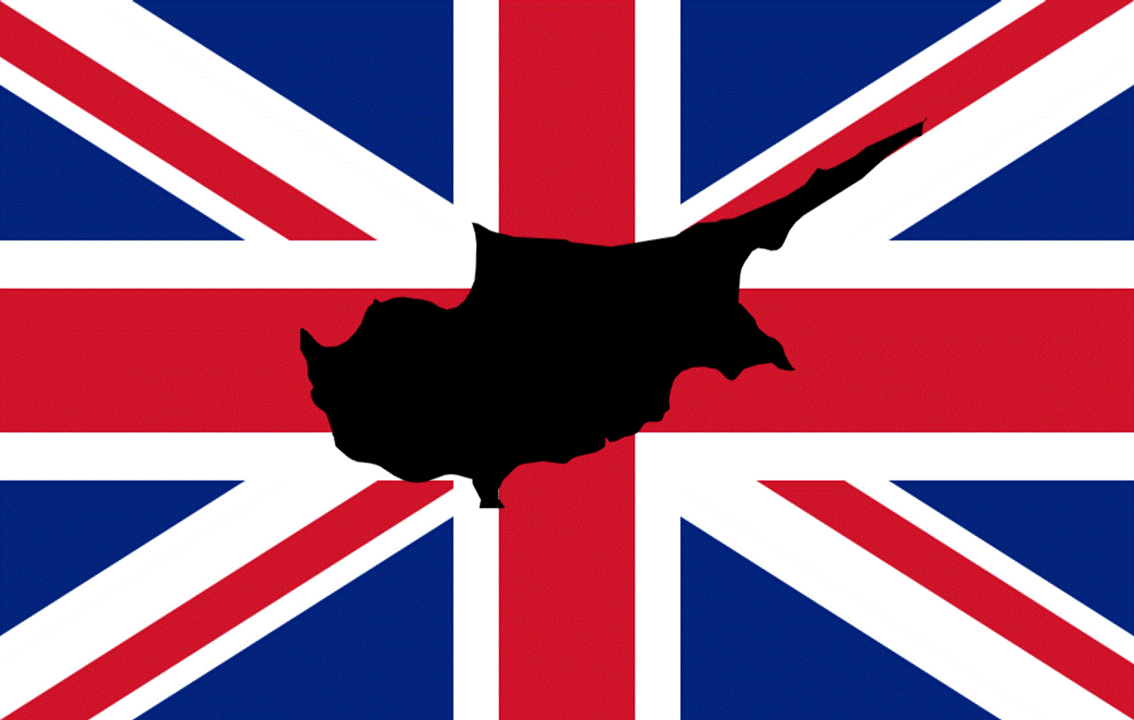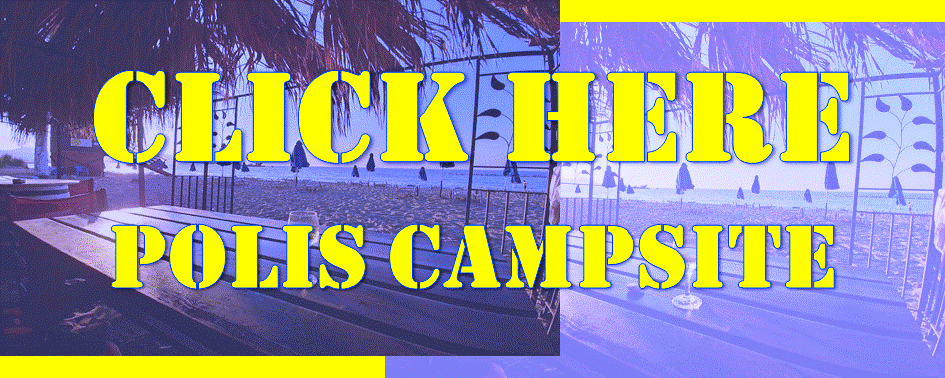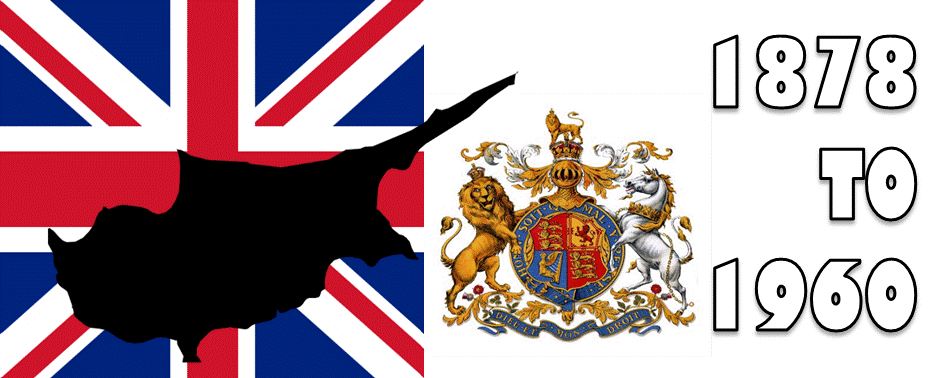
A COMPREHENSIVE HISTORICAL OVERVIEW
A RICH COMPLEX HISTORY
Various cultures, civilisations, and geopolitical events have shaped the rich and complex history of Cyprus, but none more than the poignant times when it became a British overseas territory. The island in the late 19th century found itself under the dominion of the Ottoman Empire. The Ottomans had by that time ruled the island for the best part of just over 300 years. They did this after seizing the island from the Republic of Venice in 1571. However, by the time the British took control in 1878, the Ottomans had experienced a steep decline and they were embroiled in a taxing conflict with Russia. Once in control, the British Empire went on to influence the island’s political, social, and economic landscape. With British modernisation, they firmly brought the island into the 20th century. This era would last until the island gained independence in 1960.
A STRATEGIC TERRITORY
Great Britain was at the forefront of European powers that were jostling for influence over global strategic territories at this time. As well as its military relevance, the strategic location and favourable trade routes that Cyprus offered proved crucial for British interests in the region. Cyprus was also seen as crucial for protecting and furthering British interests in the Suez Canal. The Ottomans, eager to gain support in their ongoing conflict with Russia, came to an agreement with the British over Cyprus. This offered an ad-hoc lease agreement for the island in exchange for political support. The British would go on to formally annexe Cyprus in 1914, when they found themselves on opposing sides to the Ottoman Turks in World War I. From that point onwards, Cyprus was declared a British Crown Colony.
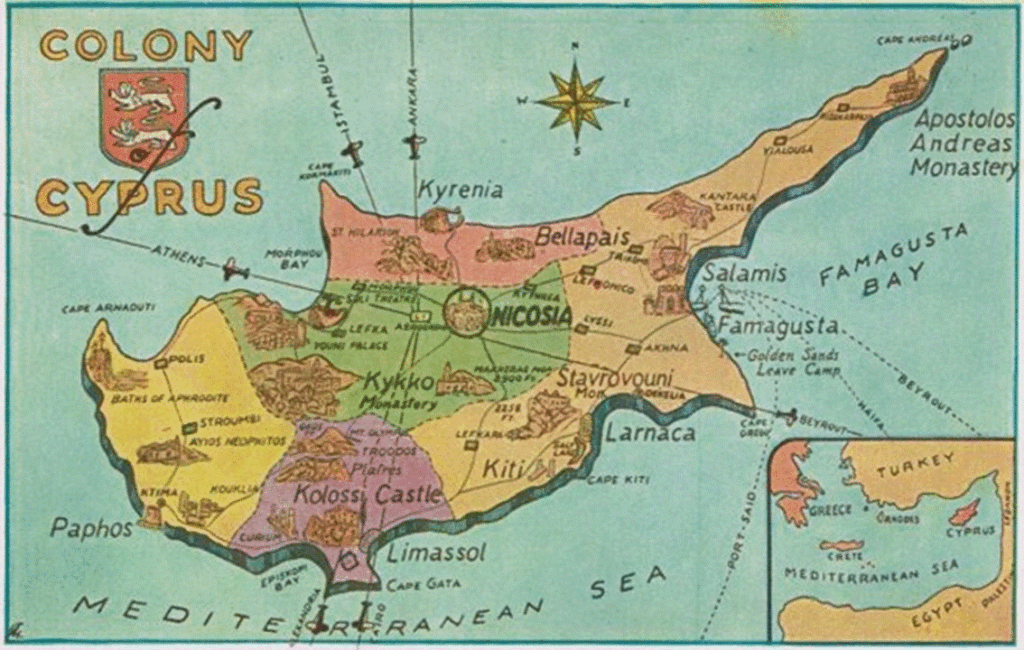
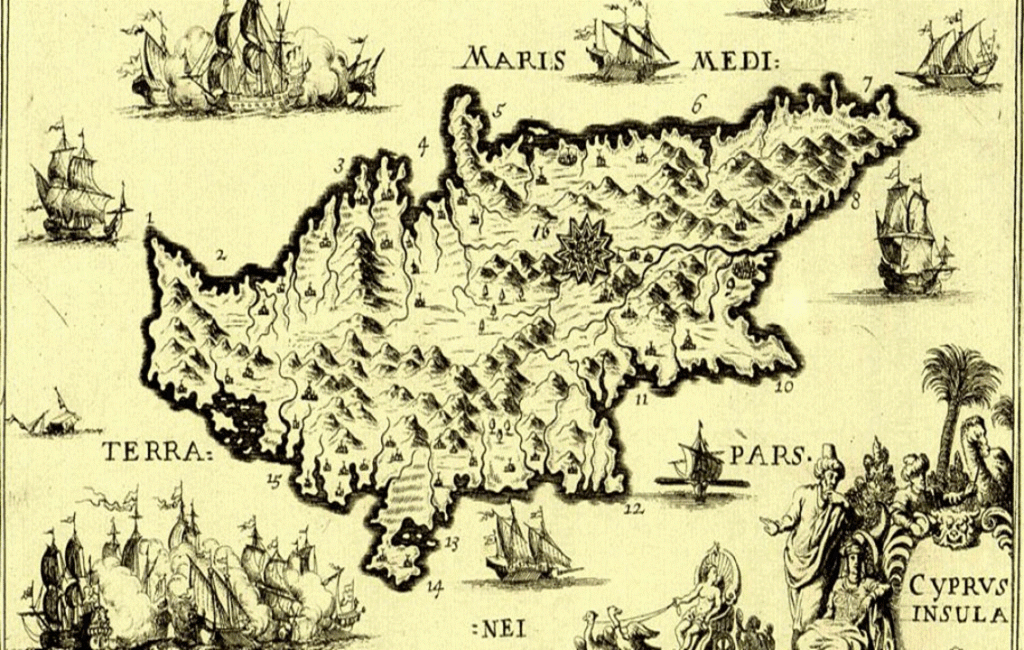
BRITISH GOVERNANCE
Initially, British governance took the form of a system of indirect rule. This allowed local leaders to maintain some authority under British oversight. This initially worked well, but Cypriot influence slowly began to be eradicated after the British appointed a new High Commissioner. His duties would eventually oversee all administration as well as local governance. Most local affairs were still managed through a council that included both British and local Cypriot representatives, but British officials were largely making all the decisions. This meant that very few Cypriots gained a genuine voice in administrative affairs. This resulted in the political disenfranchisement of the local population. The repercussions of this power imbalance would later fuel growing discontent and eventually fuel Cypriot nationalism and the call for self-governance. The British administration also went on to introduce significant changes to the political structure of Cyprus. One of the most notable changes was the dismantling of the Ottoman legal system. A new legal system based on English Common Law was introduced and the education system was also restructured. This established new schools that provided English language instruction.
A CHANGING ECONOMIC LANDSCAPE
British rule also brought changes to the economic landscape of Cyprus. On one hand, the British introduced infrastructure projects that improved transportation, communication, and public health. Roads, railways, and port facilities were developed to facilitate trade and military movement, enhancing the overall economic potential of the island. On the other hand, however the socio-economic conditions for the majority of the population remained challenging. Agriculture was the primary economic activity in Cyprus at the time. The cultivation of crops such as cotton, tobacco, and most cereals were widespread, but the British introduced and then promoted certain cash crops instead. This had significant implications for local farmers. While some benefitted from these changes, many faced financial hardships due to fluctuating market prices and exploitative practices. Land ownership issues also persisted, and British policies often favoured the interests of foreign companies. The eventual introduction of taxes and land reforms increased tensions between British Authorities and the local populace.
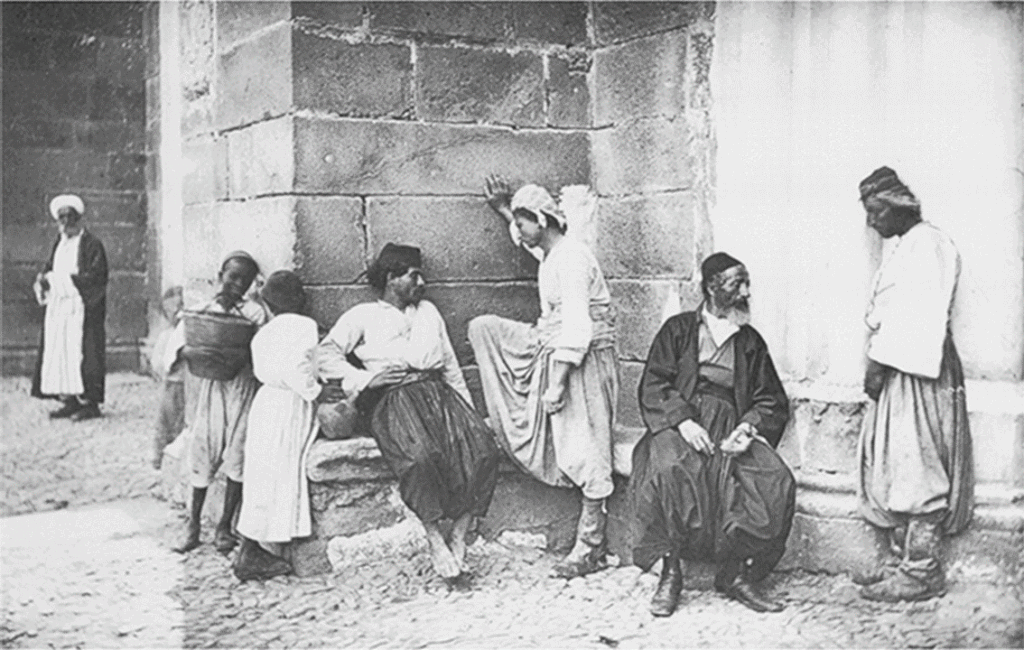

THE RISE OF NATIONALISM & RESISTANCE
As the 20th century approached, various factors contributed to the rise of nationalism in Cyprus. Discontent, arising from often harsh British policies and the desire for political representation, created an environment ripe for change. The influence of nationalist movements in other parts of the world was also a factor. The two major ethnic communities on the island, Greek and Turkish Cypriots had differing aspirations, however, which further complicated the political landscape.
GREEK CYPRIOTS
Greek Cypriots, fuelled by historical ties and cultural affiliations to Greece, predominantly aspired for union with a country that many thought of as their motherland. A new movement advocating this rose and became known as ‘Enosis’. The desire for ‘Enosis’ was also articulated by several nationalist leaders and political organisations of the time. The highly influential ‘Pan-Cyprian Union’, which sought political reform and greater autonomy for the island eventually adopted the ‘Enosis’ movement. This marked a pivotal moment in Cypriot history, eventually galvanising public support for the island’s independence.
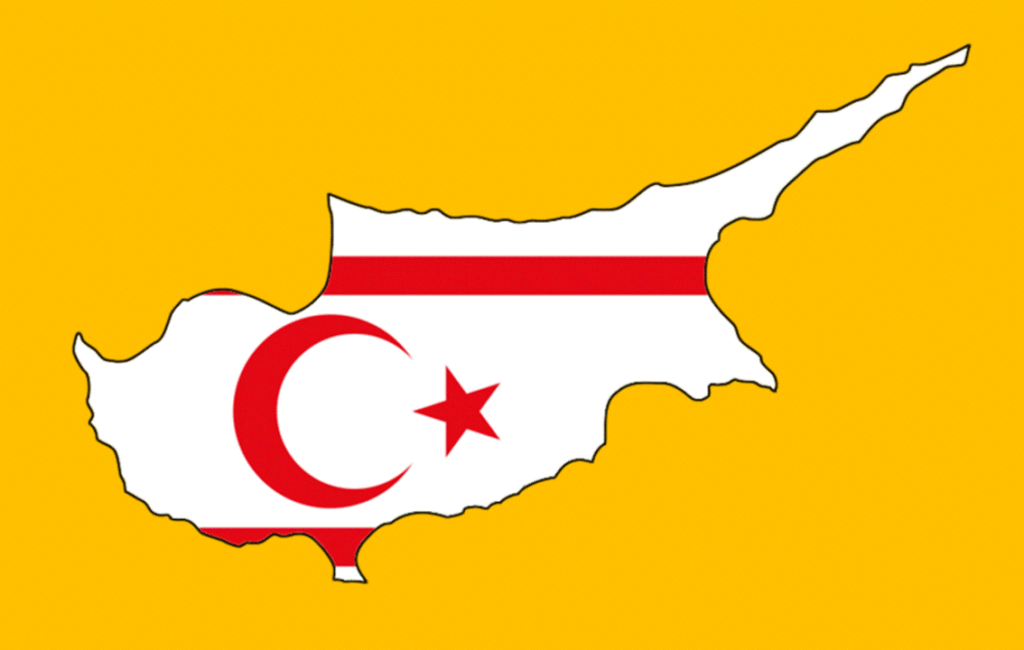
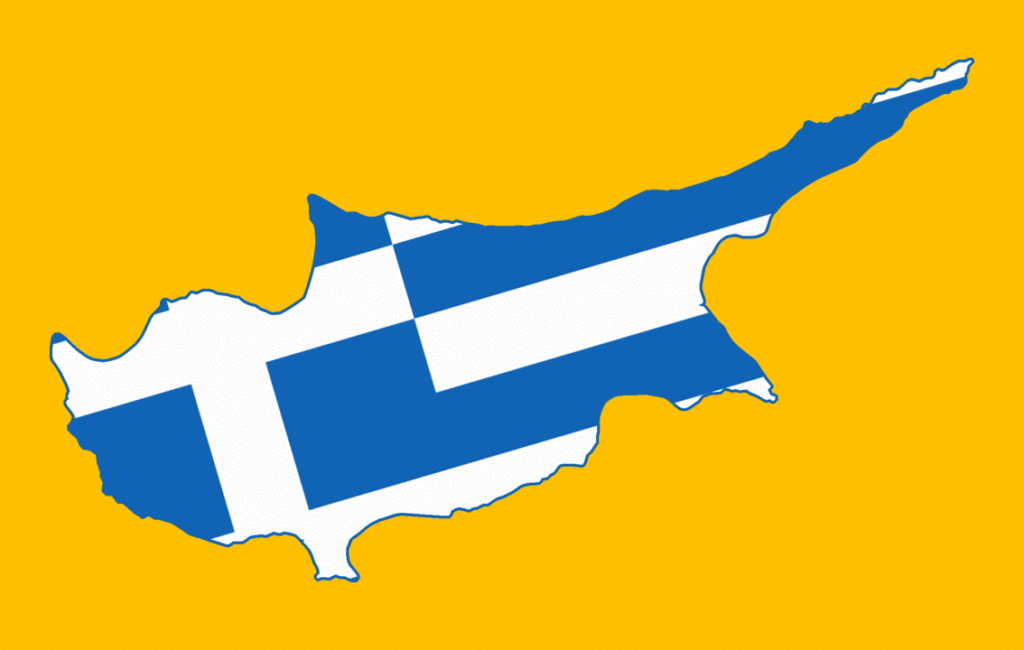
TURKISH CYPRIOTS
The Turkish Cypriots on the other hand, were hugely opposed to ‘Enosis’ and they developed differing aspirations to their Greek counterparts. Turkish Cypriot leaders predominantly advocated for partition and this became known as ‘Taksim’. This partition model was a direct response to perceived threats to their rights and existence on the island and resulted in the deepening of divisions between the two communities. This also made it increasingly difficult for a joint unified nationalist movement to emerge.
REPRESSION & HOSTILITY
Nationalist sentiments led to several clashes between Cypriots and British Authorities and in 1931. Significant riots erupted in response to a British refusal to negotiate on ‘Enosis’ and Greek Cypriot rioters destroyed the British governor’s residence in Nicosia. The British responded by dismissing the local administration and instituting a policy of martial law. This led to further repression and hostility that further entrenched Greek Cypriot grievances against the British. This state of affairs existed on the island until the outbreak of World War II.


WORLD WAR II
All civil hostilities ended with the outbreak of World War II. Greek and Turkish Cypriots came together to at this time to form the Cypriot Volunteer Regiment. This regiment was originally formed as an island-wide defensive unit, but it eventually joined colonial troops in several theatres of war. These Cypriots proudly went on to fight a common enemy in the Middle East and North Africa.
THE ROAD TO INDEPENDENCE
Post-World War II saw a resurgence of nationalist sentiments across the globe, and Cyprus was no exception. The aftermath of the war and the changing geopolitical environment motivated all Cypriots to intensify their demands for self-determination. The Greek Cypriots pursued ‘Enosis’, whilst the Turkish Cypriots further explored the possibility of ‘Taksim’. On April 1st, 1955 after multiple talks broke down yet again, the National Organisation of Cypriot Fighters, which became known as ‘EOKA,’ began its struggle against British rule. EOKA, who was dedicated to achieving ‘Enosis,’ began a violent guerrilla campaign of war against the British administartion on the island. This marked a stark turning point in Cypriot history that escalating tensions and violence all over the island.

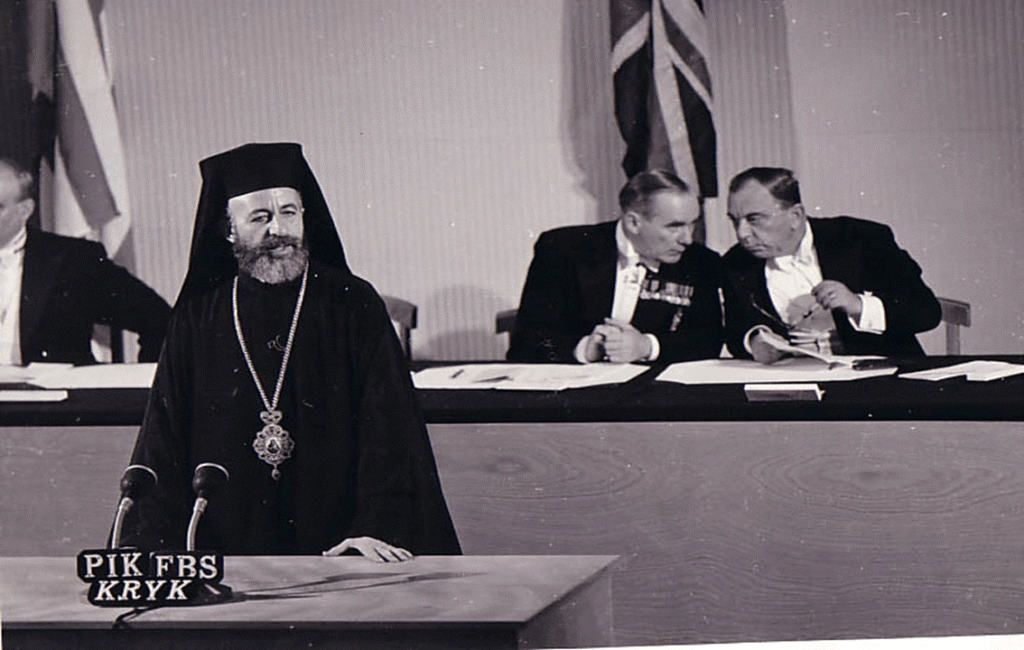
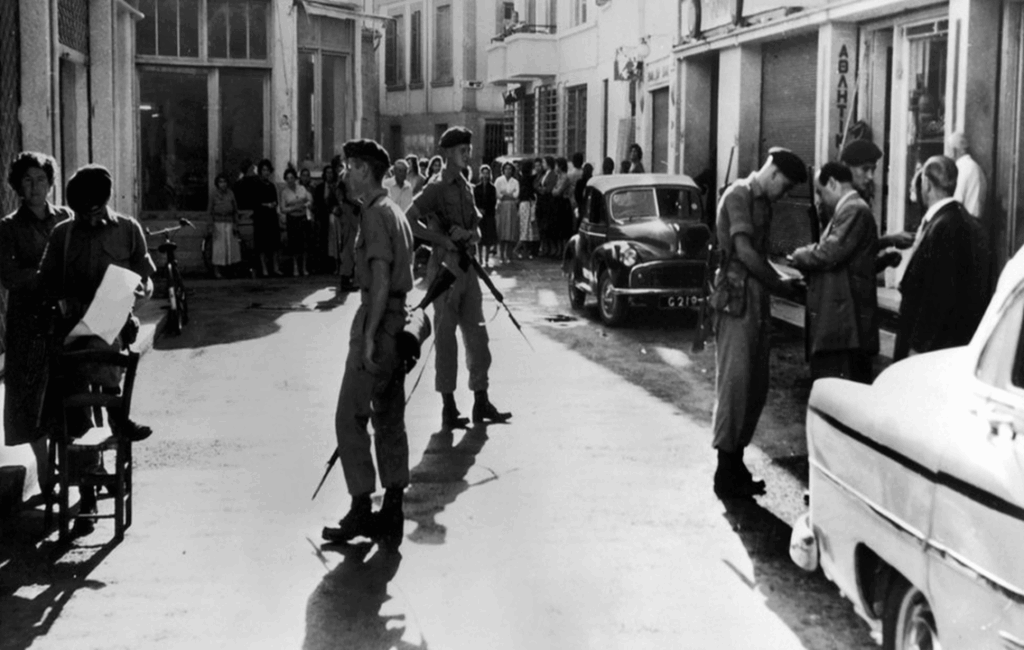
A FIGHT FOR FREEDOM
In response to the escalation of violence from EOKA the British intensified their military presence on the island and they enacted draconian measures to suppress dissent. This escalation however, proved untenable, and the British began to reconsider their position on Cypriot self-determination. This led to prolonged negotiations with Greek and Turkish representatives. In 1959, alongside international pressure, the British government set in motion the process for an independent Cyprus.
INDEPENDENCE DAY
After years of conflict and mounting pressure for a solution, Cyprus gained independence on August 16th, 1960. The Zurich and London Agreements established a new constitution that created a bi-communal state that aimed to balance the interests of both Greek and Turkish Cypriots. Archbishop Makarios III became the first President of Cyprus, while Dr. Fazıl Küçük took on the role of Vice President.
A COMPLEX & TRANSFORMATIVE ERA
The legacy of the turbulent British period continues to resonate in Cypriot society today. The implications of British rule are still widely felt to this day. British rule in Cyprus was a complex and transformative era that laid the foundation for the island’s future. While British governance introduced various administrative and economic advantages, its rule fuelled nationalist sentiments, which often deepened divisions between Cypriot communities. The unresolved issues, surrounding independence, would continue to affect Cypriot society and would lay the groundwork for future conflicts. Understanding this historical context is vital for appreciating the current socio-political landscape in Cyprus and the ongoing struggle for a lasting reconciliation between Greek and Turkish Cypriots.
